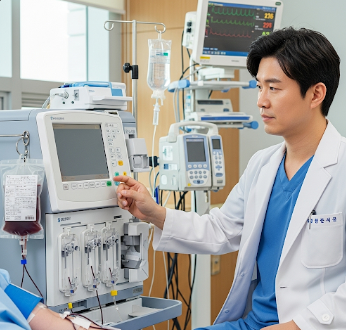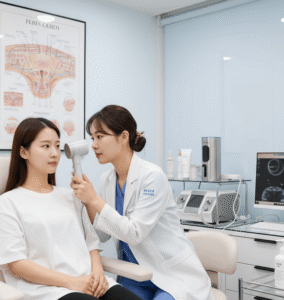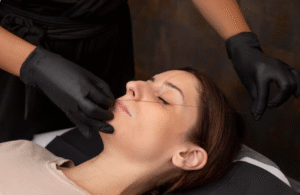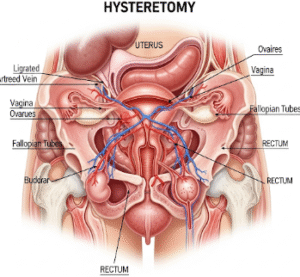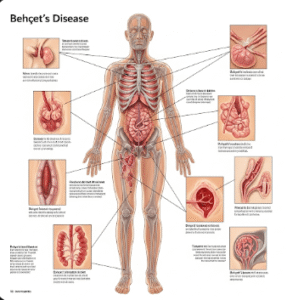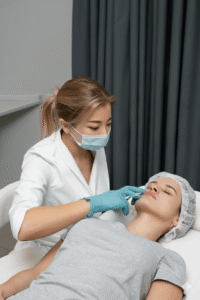Overview
Apheresis is a medical procedure in which specific components of the blood—such as plasma, platelets, white blood cells, or red blood cells—are separated and selectively removed. The remaining blood components are then returned to the patient or donated to another recipient. This procedure is used for treating certain diseases, managing blood disorders, and collecting blood components for transfusion.
In Korea, apheresis is performed in advanced hospitals and specialized blood centers with state-of-the-art equipment and highly trained hematologists and nurses. Korean hospitals offer both therapeutic apheresis for patients and donation apheresis for healthy donors, ensuring safety, precision, and efficiency. International patients can access high-quality care, advanced protocols, and post-procedure monitoring, making Korea a preferred destination for apheresis treatments.
What is Apheresis?
Apheresis is a blood separation procedure in which blood is drawn from the patient or donor, a specific component is isolated using a machine called an apheresis device, and the rest of the blood is returned.
Types of apheresis include:
- Plasmapheresis: Removal of plasma to treat autoimmune diseases or remove harmful antibodies
- Plateletpheresis: Collection of platelets for transfusion, often used in patients with low platelet counts
- Leukapheresis: Removal of white blood cells, used in leukemia or certain blood disorders
- Erythrocytapheresis: Removal of red blood cells, often used in sickle cell disease
- Stem cell collection (HPC-Apheresis): Harvesting stem cells for transplantation
Apheresis can be performed for therapeutic purposes, such as treating autoimmune disorders, or for donation purposes, such as collecting specific blood components.
What are the benefits?
- Targets specific blood components without affecting the whole blood
- Effective in treating autoimmune and hematologic disorders
- Reduces complications in patients with high white blood cell counts or abnormal plasma components
- Supports blood transfusion needs with targeted donation
- ✅ Minimally invasive and usually performed outpatient with short procedure times
- ✅ Advanced machines in Korea allow precise separation, reduced side effects, and safe blood return
Procedure Details
1) How should I prepare for Apheresis?
- ➤ Medical evaluation, including blood tests, blood type, and vital signs
- ➤ Hydration is encouraged before the procedure to facilitate blood flow
- ➤ Avoid certain medications if instructed by the doctor (e.g., anticoagulants)
- ➤ Wear comfortable clothing with sleeves that can be rolled up
- ➤ Discuss any history of fainting, allergies, or heart problems with the medical team
2) What happens during the procedure Apheresis?
- ✅ Patient or donor is seated or lying comfortably
- ✅ A needle or catheter is inserted into a vein (or two veins, depending on procedure type)
- ✅ Blood is drawn into the apheresis machine, which separates the required component
- ✅ The selected blood component is collected in a bag, and the remaining blood is returned
- ✅ The procedure typically lasts 1–3 hours, depending on the type of apheresis and volume collected
- ✅ Vital signs are monitored throughout to ensure safety
3) What happens after an Apheresis?
- ➤ Patients are monitored briefly for any immediate reactions, such as dizziness or lightheadedness
- ➤ Hydration and rest are recommended after the procedure
- ➤ Mild side effects like fatigue, bruising, or tingling sensations may occur at the needle site
- ➤ In therapeutic apheresis, follow-up tests may be needed to assess treatment effectiveness
- ➤ Patients can usually resume normal activities immediately
Risks / Benefits
Potential Risks:
- ➤ Bruising or bleeding at the needle site
- ➤ Dizziness or fainting
- ➤ Low calcium levels (rare, due to anticoagulant used in the machine)
- ➤ Infection (very rare)
- ➤ Allergic reactions to replacement fluids if used
Benefits:
- ✅ Removes or collects specific blood components safely
- ✅ Treats autoimmune diseases, blood disorders, and certain metabolic conditions
- ✅ Enables targeted blood donation for patients in need
- ✅ Minimally invasive with short recovery time
- ✅ In Korea, advanced equipment and expert staff reduce complications and improve efficiency
Recovery and Outlook
Recovery from apheresis is generally quick and uneventful:
- Most patients can resume normal activities immediately after the procedure
- Some may experience mild fatigue or bruising at the site of needle insertion
- Hydration and a light snack are recommended after the session
- In cases of therapeutic apheresis, multiple sessions may be required, with blood tests guiding treatment progress
- Long-term outlook depends on the underlying condition being treated, but apheresis often significantly improves symptoms and disease management
When To Call the Doctor
Patients or donors should contact their healthcare provider if they experience:
- ➤ Persistent dizziness or fainting
- ➤ Excessive bruising or bleeding at the needle site
- ➤ Signs of infection, such as fever or redness
- ➤ Allergic reactions (rash, itching, shortness of breath)
- ➤ Any unusual or prolonged fatigue
Best Korea Option / Process
- ✅ Korea offers world-class apheresis services in hospitals and specialized blood centers
- ✅ Procedures are performed using advanced, high-precision apheresis machines
- ✅ Hospitals provide therapeutic apheresis for patients and donation apheresis for healthy donors
- ✅ International patients benefit from English-speaking coordinators, VIP services, and comprehensive follow-up care
- ✅ Cost-effective treatment with high safety standards and minimal complications
- ✅ Post-procedure monitoring, patient education, and rehabilitation guidance ensure optimal outcomes

